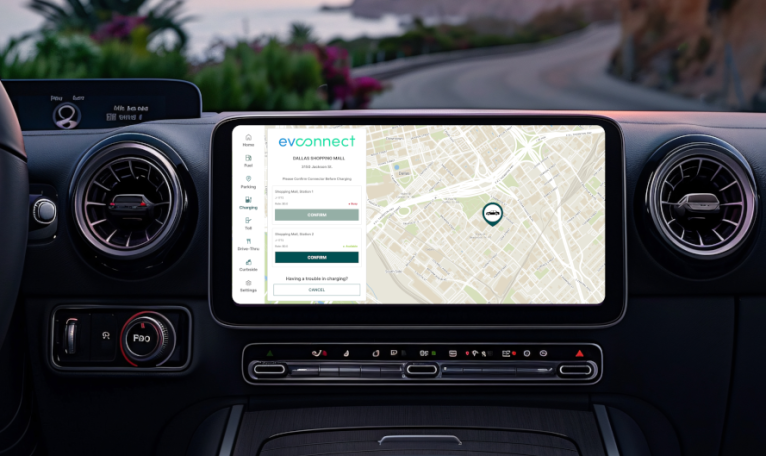
Sheeva.AI and Intralink teamed up to promote Sheeva.AI’s in-vehicle payments and location-based services solutions in Japan.
The solutions, which are already offered in India and the United States, will be promoted in Japan by Intralink, a United Kingdom-based business development consultancy that specializes in bringing companies to Japan, the companies said in a Thursday (Sept. 12) press release.
“Last year, we made the global automotive hub that is Japan a key market for expansion,” Sheeva.AI CEO Evgeny Klochikhin said in the release. “Intralink’s experience in scaling up new technologies in new markets is exactly what we need as we make in-vehicle services even more compelling for every Japanese driver.”
Sheeva.AI’s patented SheevaConnect product suite allows drivers to pay for parking, fueling, electric vehicle (EV) charging, tolling and other retail services from their car, according to the release.
Using precise location technology and an in-vehicle digital wallet, SheevaConnect detects the vehicle at the specific parking spot, fuel pump or EV charger and enables payment and service point activation via the in-vehicle infotainment screen or the automaker’s mobile app, the release said.
Sheeva.AI is in production with Citroën in India and has partners in the U.S., per the release. In Japan, the company aims to partner with retailers and automotive original equipment manufacturers (OEMs).
“We’re impressed with the market potential of the Sheeva.AI product suite in a consumer market like Japan that is ripe for digital innovation,” William Jasprizza, senior vice president and managing director of Japan for Intralink, said in the release. “Finding technologies like Sheeva.AI’s that are ready for rapid growth can be challenging, but they’ve put in the work in other markets to be ready to scale in Japan.”
Sheeva.AI announced the availability of its in-vehicle payment technology in Citroën C3 Aircross SUV AT vehicles in India in April, adding that owners of these vehicles can use SheevaConnect to pay for fuel at 32,000 stations across the country.
Using the vehicle wallet, or automobile itself, as a payment mechanism simplifies transactions, integrates the service into the payment process and offers a holistic experience to the user, Klochikhin told PYMNTS in an interview posted in April.
“What we’re trying to put inside the vehicle wallet is creating this one account which combines both the payment means as well as the service itself,” Klochikhin said. “So, it becomes the single experience for you as a driver.”